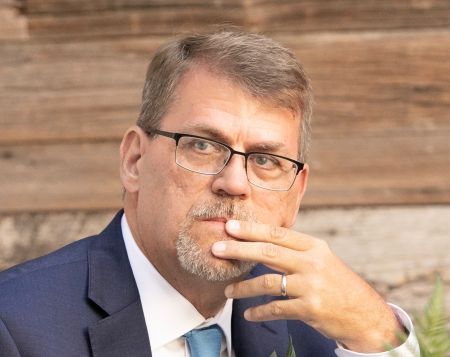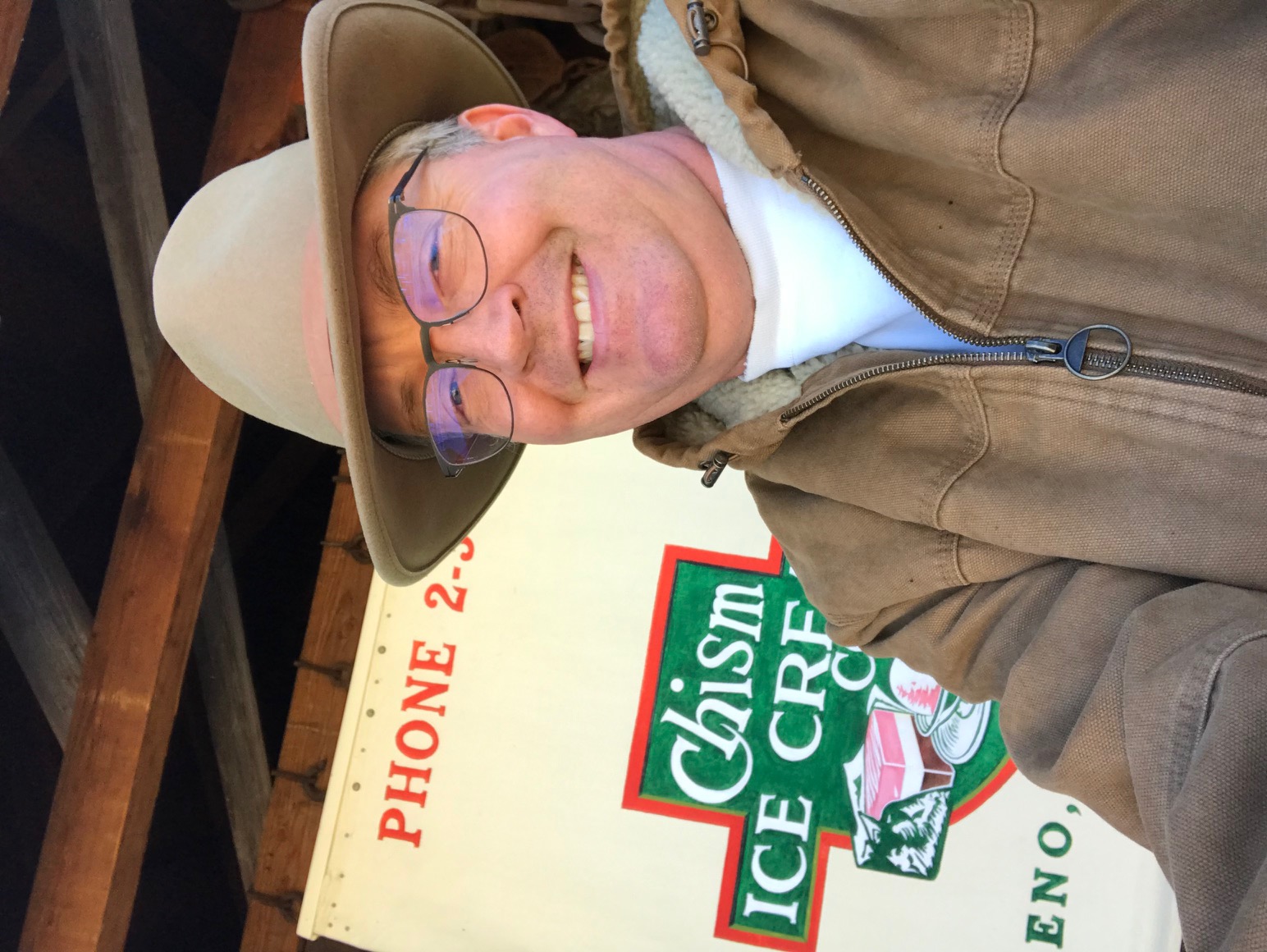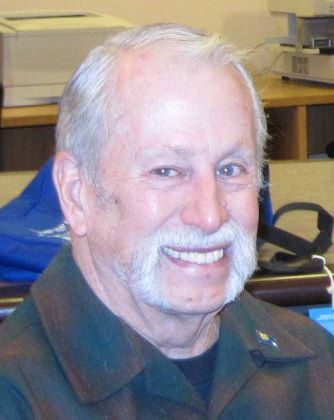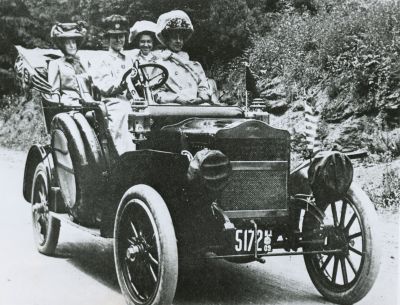Marilyn Newton—Photographing Nevada

- Date: Sunday, March 10, 2024
- Time: 12:00 noon
- Location: Downtown Library, 301 South Center Street
For more than 50 years, Marilyn Newton has made her career as a chronicler of everything Nevada. Her work has been nominated for a Pulitzer Prize, appeared in books and she's won hundreds of awards. Reno residents know her for her decades of work as a newspaper photographer, covering breaking news, special events and everything in between. In her HRPS program she'll talk about her work, including a selection of her favorite photos.
Marilyn Newton worked for the Reno Gazette-Journal for more than 52 years, beginning in 1963. But she started her journalism career six years earlier at the age of 12 when she and her twin sister were hired by the Carson City Nevada Appeal as papergirls. Her first story was a 2-paragraph sports story at age 12 and her first photo was published a year later. She has won nearly 400 awards for her photography and was named Nevada Photographer of the year in 1992. In 2002, she was inducted into the Nevada Newspaper Hall of Fame, and in 2022 into the Women of Achievement Hall of Fame. Marilyn's photos are featured in several books and she is the writer and photographer of the book Alkali Angels, a journey through historic Nevada graveyards. Marilyn also is an honorary colonel in the Nevada National Guard.








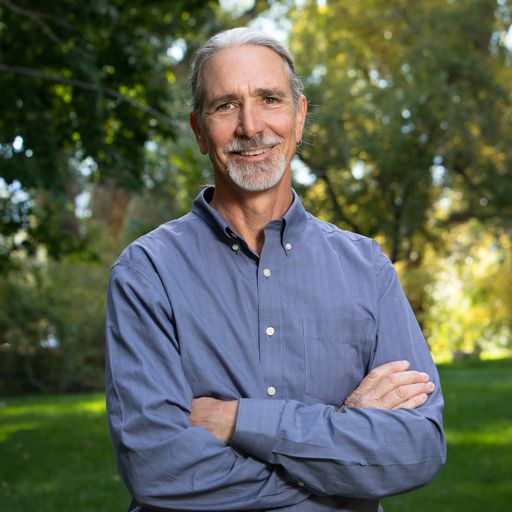


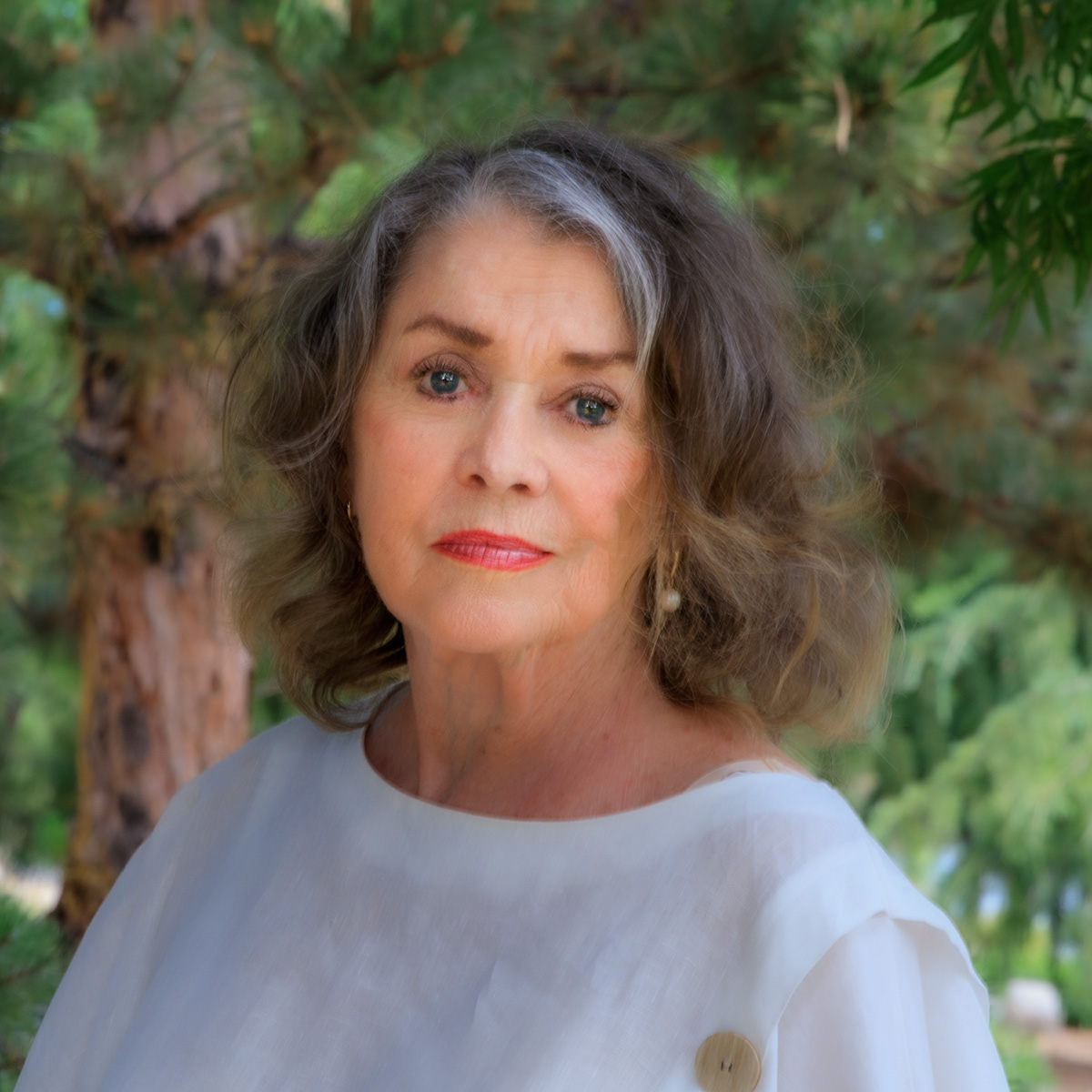









 Reno's Hebrew Cemetery
Reno's Hebrew Cemetery Sharon Honig-Bear
Sharon Honig-Bear


 Dr. Carolyn L. White, UNR Professor of Anthropology and Historic Preservation
Dr. Carolyn L. White, UNR Professor of Anthropology and Historic Preservation




